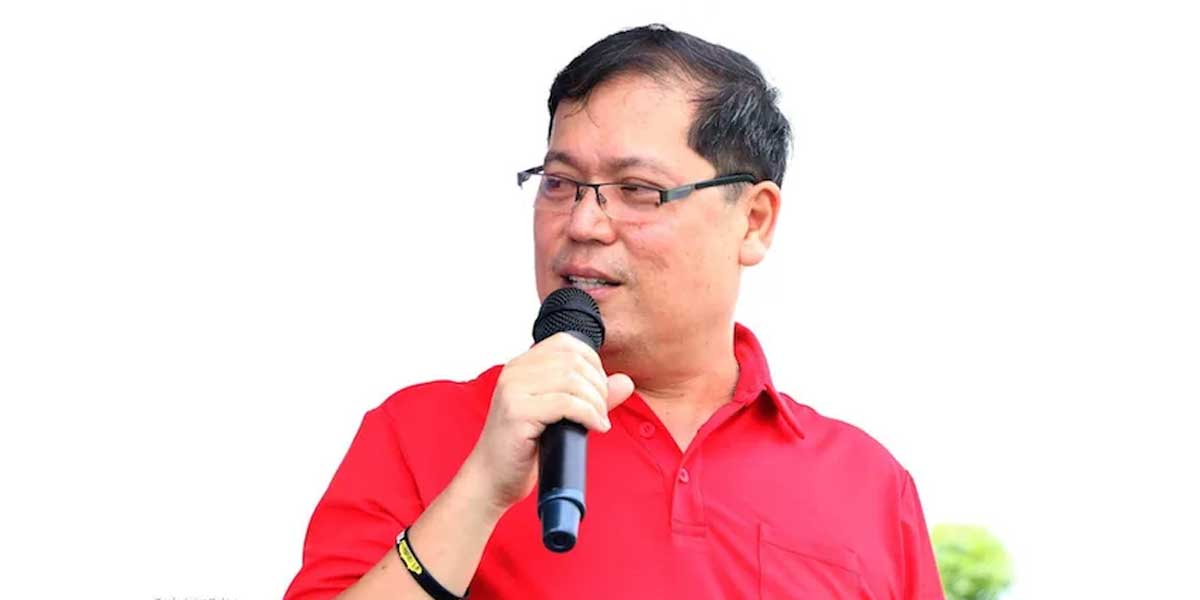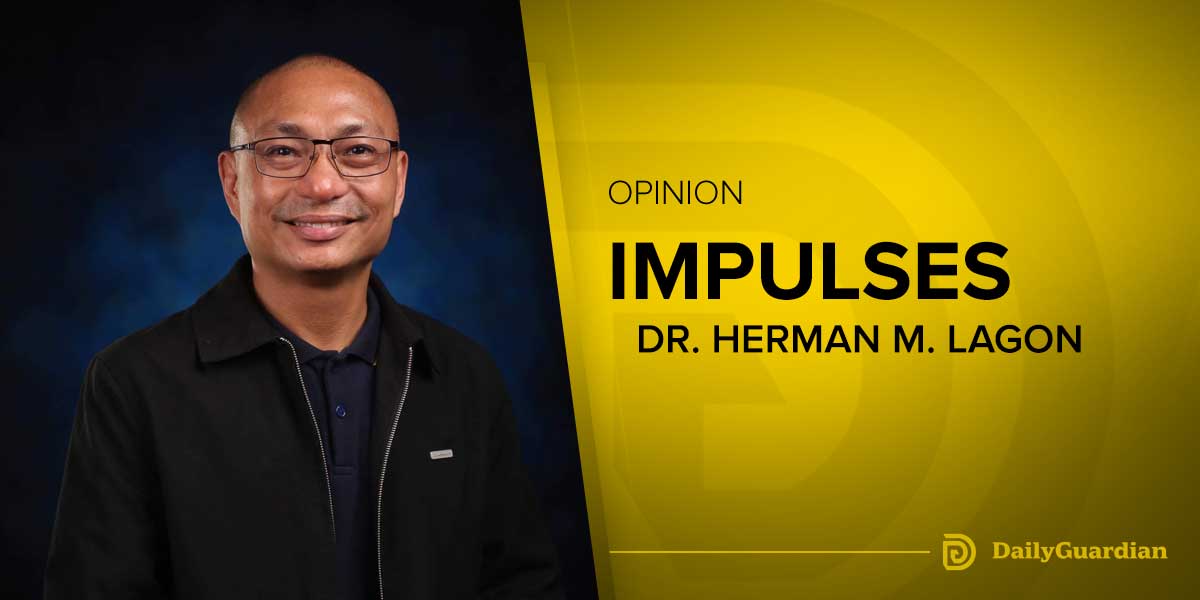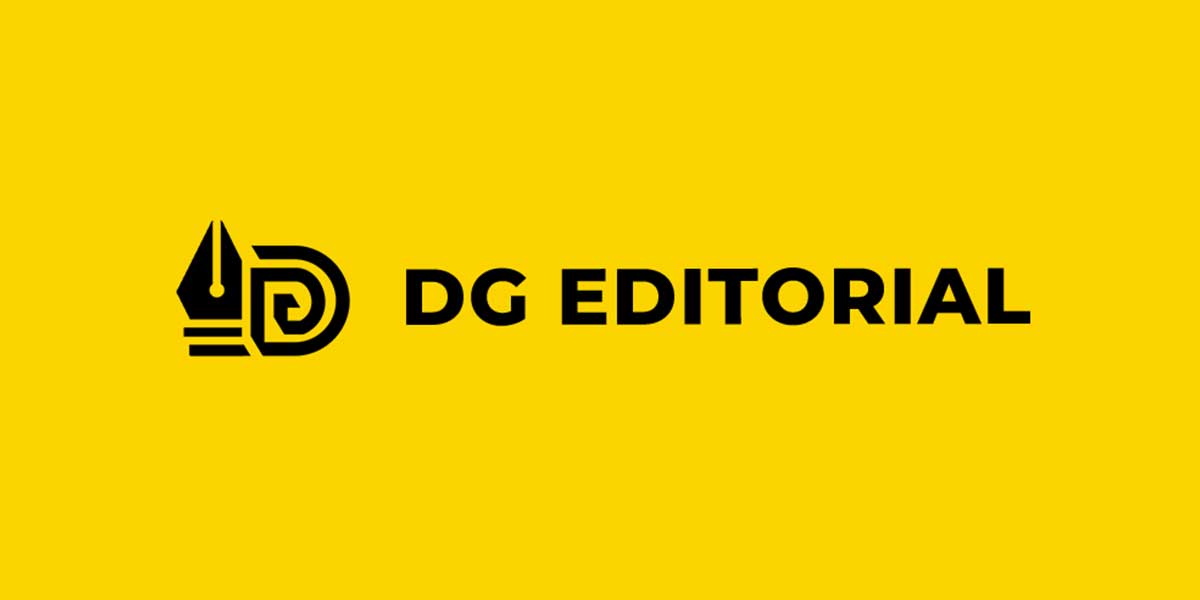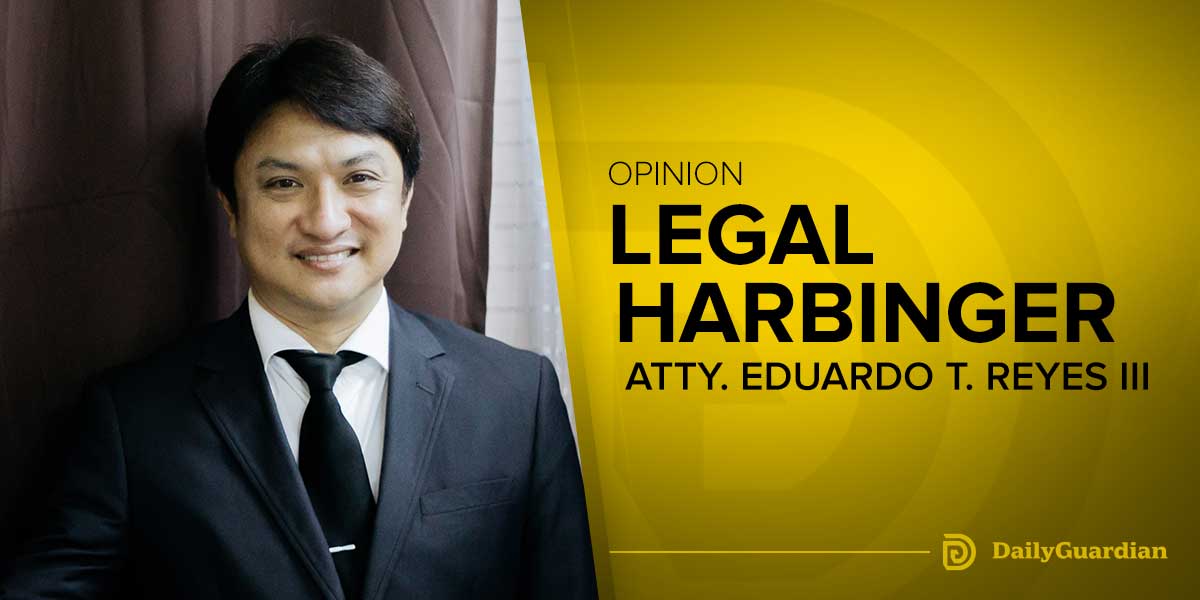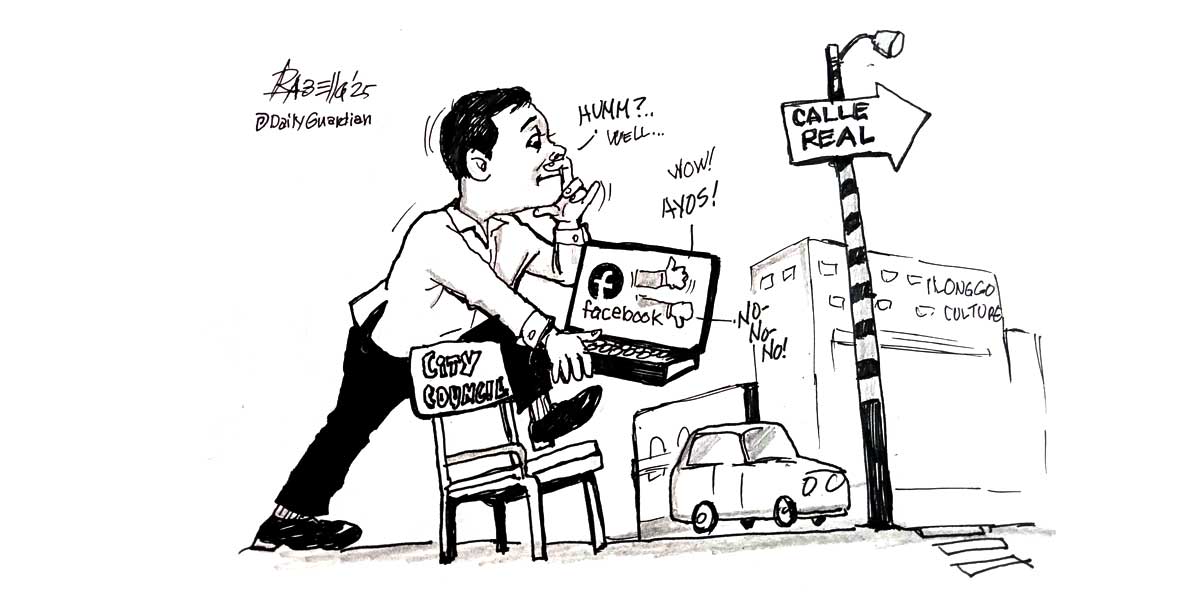By Artchil B. Fernandez
“Ask any two Americans what they think of US foreign aid,” Felix Greene (1970) wrote, “and you will probably find that one of them will splutter with rage at this waste of good American money given away to a bunch of ‘foreign bastards who are too lazy to work’ to build up their own country. The other may tell you, with pride in his voice, that this is just another example of the generosity of the American people who are always ready to share their wealth to help the hungry and destitute people of the world.”
Trump and his MAGA fanatics hold the view of the former, while Democrats and liberals subscribe to the latter position. Among the first 26 executive orders Trump issued upon reassuming the US presidency is the order to freeze for 90 days all American foreign assistance given through the US Agency for International Development (USAID) to ensure alignment with his “America First” policy. Trump claimed, “The foreign aid industry and bureaucracy are not aligned with American interests and, in many cases, antithetical to American values,” thus justifying the pause.
The US State Department reiterated Trump’s position. “President Trump stated clearly that the United States is no longer going to blindly dole out money with no return for the American people. Reviewing and realigning foreign assistance on behalf of hardworking taxpayers is not just the right thing to do, it is a moral imperative.”
USAID is among the largest foreign aid and development assistance agencies in the world, operating in 130 countries. It was created in 1961 by President John F. Kennedy under the Foreign Assistance Act of 1961. The agency works in the following areas: disaster relief; poverty relief; technical cooperation on global issues, including the environment; U.S. bilateral interests; and socioeconomic development. In 2024 alone, USAID was responsible for managing over $43.79 billion in American foreign aid across the world. The Philippines has long been a recipient of US foreign assistance.
Which of the two American views on US foreign aid Greene pointed out is accurate? Neither, Greene asserted. “Both are wrong. Quite clearly, neither has understood what foreign aid is really about. It is neither a mindless give-away program nor an act of generosity. Far from the United States being soft-headed, the foreign aid policies were shrewdly calculated. They were planned with one primary objective—to serve American economic, political, and military interests, and to save America’s ‘free enterprise’ system for the relatively few who benefit from it.”
Greene argued that US foreign aid is a fraud. It was designed to project US power abroad and serve as a tool for neo-colonialism—occupation of a country without actual invasion, done through indirect control by economic, political, and cultural manipulation.
US foreign assistance, according to Greene, primarily performs these functions: aids US exports and businesses by requiring recipients to spend it on American goods; provides a useful means of dumping U.S. surplus products; serves as a concealed subsidy for U.S. foreign exporting corporations, a subsidy paid by the American taxpayer; acts as a means by which the United States can exert political and economic blackmail over other countries; encroaches on the interests of competitor capitalist countries and ousts them from markets they had formerly dominated; helps open up underdeveloped countries to American investors; and is used to force other countries to grant bases and other facilities for use by U.S. military forces.
Scartelli (2022) studied U.S. development aid to the Northern Triangle (Honduras, Guatemala, and El Salvador) through the Alliance for Prosperity plan of the Obama administration, which provided $1 billion in assistance and programming. The study found that the assistance/aid “was used to perpetuate neocolonial mechanisms of economic dependency, resource extraction, and territorial control… [The] plan perpetuates neocolonialism by consistently implementing policies that exacerbate local inequalities and neglecting to enforce measures of transparency and accountability.”
Assistance or aid dispensed by the US through USAID is a demonstration of its ‘soft power.’ Political scientist Joseph Nye Jr., who coined the term ‘soft power,’ defined it as “a country’s ability to influence others without resorting to coercive pressure. In practice, that process entails countries projecting their values, ideals, and culture across borders to foster goodwill and strengthen partnerships.”
On the surface, Trump’s order to pause and freeze US aid sent global alarm bells ringing, as it badly impacts humanitarian programs that provide access to health, education, and shelter to millions. But looking at US foreign assistance as a neo-colonial device of imperial America to maintain the empire, such a blasting of US ‘soft power’ is a welcome development. Soft power serves as cover, a useful concealment tool of neo-colonialism.
Soft power is an effective instrument of the US to maintain and sustain its global influence. The order to pause and freeze US foreign aid is a requiem for US ‘soft power.’ The demise of US ‘soft power’ will force the US to rely on ‘hard power’ alone.
Trump’s undermining of US ‘soft power’ by suspending US aid left US ‘hard power’—the use of coercion and military might—nakedly exposed. It also marks the transformation of US aid from being an instrument of ‘soft power’ to a weapon of ‘hard power.’ Under Trump, US aid is no longer a carrot of ‘good will’ and ‘political advertising’ but a stick, a means of coercion. The weaponization of US aid is an indicator that America’s ‘soft power’ is on its death throes.
The demise of US ‘soft power’ will certainly leave a vacuum that rival superpowers are salivating to fill. The loss of US ‘soft power’ is a strategic gain for rival powers. No wonder US rivals and enemies love Trump—wreaking America from within and without. Trump will be remembered as the “emperor” who destroyed the empire.




